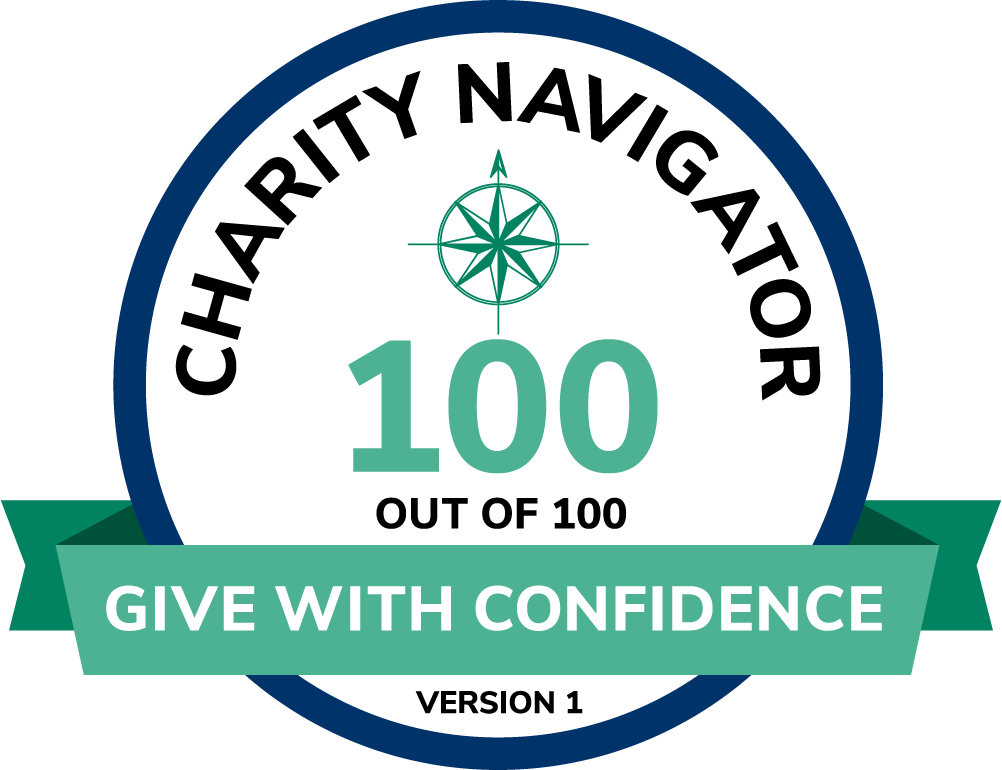Child Trafficking Statistics
27% of trafficking victims are children.
The majority of human trafficking victims are involved in forced labor. Labor trafficking involves the use of fraud, coercion, or force in order to get a victim to provide labor or services. More than two-thirds of trafficking victims fall into this category, including more than 10 million adults and nearly 4 million children.
The International Labor Organization reports that forced labor generated USD $150 billion in illegal profits per year. “Specifically, $51.8 billion USD in forced labor profits come from the Asia-Pacific region.” (IBLA 2019)
Children are 4 times more likely to be trafficked for labor rather than sex.
Children who are trafficked for labor purposes might be removed from their families and forced to perform domestic household services, or work in factories or agriculture.
Though millions of children are trafficked, there is a much larger number of children involved in child labor that is not considered trafficking.
There are an estimated 168 million child laborers around the world, with around half of them participating in what is known as “hazardous work” – work that endangers the child’s physical, emotional, or social well-being.
66% of child trafficking victims are girls. (Save the Children, 2020)
Often, girls around the world are forced to drop out of school or denied access to income-generating opportunities. The resulting social exclusion can trap girls in a cycle of extreme poverty, as well as increased vulnerability to trafficking and exploitation. (Save the Children, 2020)
This lack of education ultimately limits the lifetime earning potential for girls, thus perpetuating the cycle of poverty for their own children.
What can YOU do about forced labor?
The Bureau of International Labor Affairs maintains a list of goods and products likely produced by child labor or forced labor in violation of international standards. This list is primarily published to increase public awareness, and to encourage concerned consumers to make efforts to learn more about the supply chain and to use their purchasing power to send the message to corporations that child labor and forced labor are not condoned.
As of 2020, the list included 155 goods produced in 77 countries around the world. (IBLA, 2019)
You can learn more about the role of forced labor in your own day to day life here: How many slaves work for you?
99% of victims trafficked for sexual exploitation are women and girls. (IBLA, 2019)
Traffickers use threats, lies, violence, debt bondage, and coercion to force victims to engage in commercial sex acts against their will. Young girls who live on the streets, or whose families are extremely poor are particularly vulnerable to this kind of trafficking.
Countries affected by trafficking
Labor trafficking affects every country in the world, especially the Asia-Pacific region, where 1 in every 250 people are victims. (IBLA, 2019)
7 in 10 victims of sexual exploitation in the world are trafficked in the Asia-Pacific. (IBLA, 2019)
Trafficker tricks
Job Recruiter Trick
Often traffickers will come to a village claiming to be recruiting employees for a large business or corporation. They promise job training, excellent salaries, and the ability to move into higher positions over time. The young women they lure – generally with their parents’ consent or coercion – leave the village with these traffickers and find that once they are in a big city they are sold to a brothel, or otherwise forced to engage in commercial sex work. If they resist, they risk being beaten, raped, or killed. Alone and in an unfamiliar place, there is nothing they can do.
The Marriage Dowry Trick
A young man will visit a village saying he is looking for a wife and that he is willing to accept a girl without a marriage dowry. The thought of getting a daughter married without having to pay the typically exorbitant dowry is too tempting for impoverished families. The girl is given to the man thinking she will be married and taken care of, but instead she is whisked away and forced into the sex trade.
You can help end trafficking and child marriage
With your help, we can make it a lot harder for traffickers to kidnap or coerce women and girls.
World’s Children Prevention of Child Trafficking Program
WATCH this seven-minute video to see how the PCT team is ending trafficking. Education is key.
World’s Children is funding a nine-year Prevention of Child Trafficking Program (PCT). The PCT team is educating families and communities in a trafficking hotspot, and developing a wide-spread network of adults and children trained to identify and thwart traffickers.
The PCT team also works closely with village government officers, child welfare committees, local police, school officials, healthcare workers and others. Working together, the PCT team and its partners are reducing child marriage and child trafficking.
Join us to prevent more girls and women from becoming trafficking statistics. You can be part of the solution.
References


